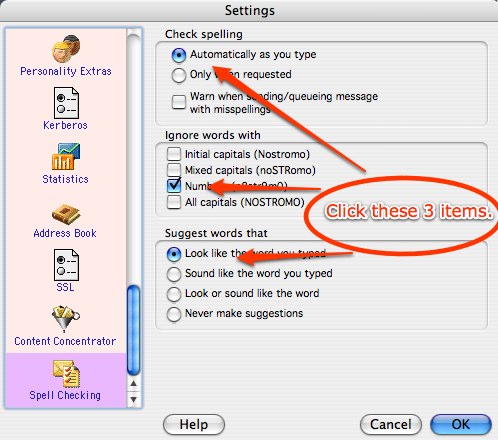05/16/2008
3:24 pm
Full Date on the Mac Menu Bar
One of my pet peeves was that there was no way to add the calendar date on the menu bar. I finally found a way to do that without adding another program to my computer. Note: This works on 10.4 or later only.
http://lifehacker.com/software/mac-tip/display-the-date-on-the-menubar-316029.php
The directions are fairly clear but here are a few more tips.
- You can insert the date before or after the time.
- You can add spaces or ascii characters around either the date or time. I added a couple spaces between the date and time and added square brackets around the date. This improves the readability. Mine looks like this:
- It took a couple of tries to get it looking the way I liked it. Each time I made a change, however, I had to go back to the Date & Time in System Preferences and uncheck “Show Day of the Week”.
I think I will include this hack in the next golden images that I make. This should save a lot of “What’s today’s date?” questions from students.
